CVE-2024-26152
Vulnerability Scoring
The vulnerability CVE-2024-26152 could compromise system integrity but typically requires user interaction to be exploited.
The vulnerability CVE-2024-26152 could compromise system integrity but typically requires user interaction to be exploited.
Status: Analyzed
Last updated: 🕑 16 May 2025, 14:18 UTC
Originally published on: 🕙 22 Feb 2024, 22:15 UTC
Time between publication and last update: 448 days
CVSS Release: version 3
security-advisories@github.com
Secondary
CVSS:3.1/AV:N/AC:L/PR:N/UI:R/S:C/C:L/I:N/A:N
CVE-2024-26152: ### Summary On all Label Studio versions prior to 1.11.0, data imported via file upload feature is not properly sanitized prior to being rendered within a [`Choices`](https://labelstud.io/tags/choices) or [`Labels`](https://labelstud.io/tags/labels) tag, resulting in an XSS vulnerability. ### Details Need permission to use the "data import" function. This was reproduced on Label Studio 1.10.1. ### PoC 1. Create a project.  2. Upload a file containing the payload using the "Upload Files" function. 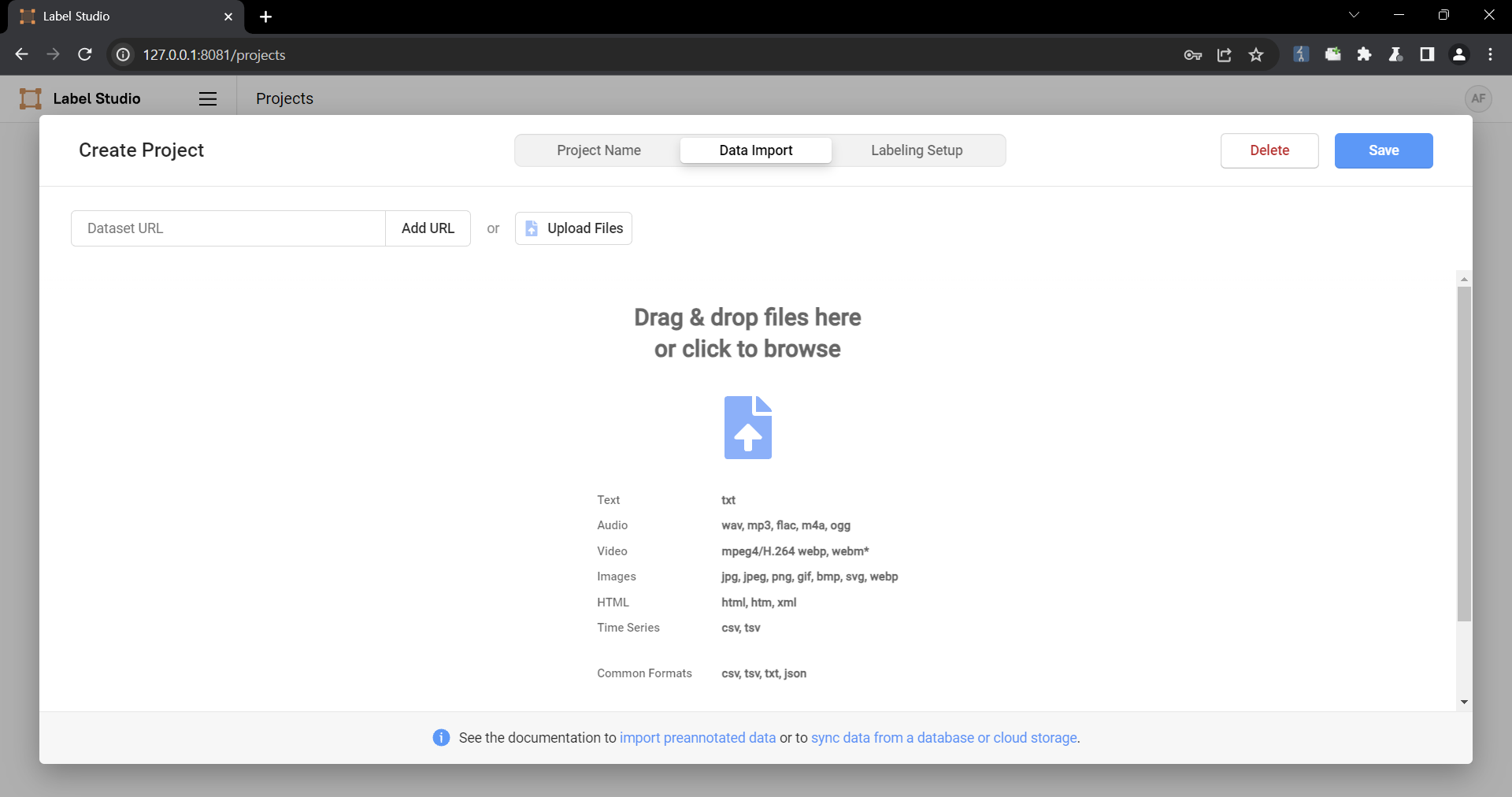 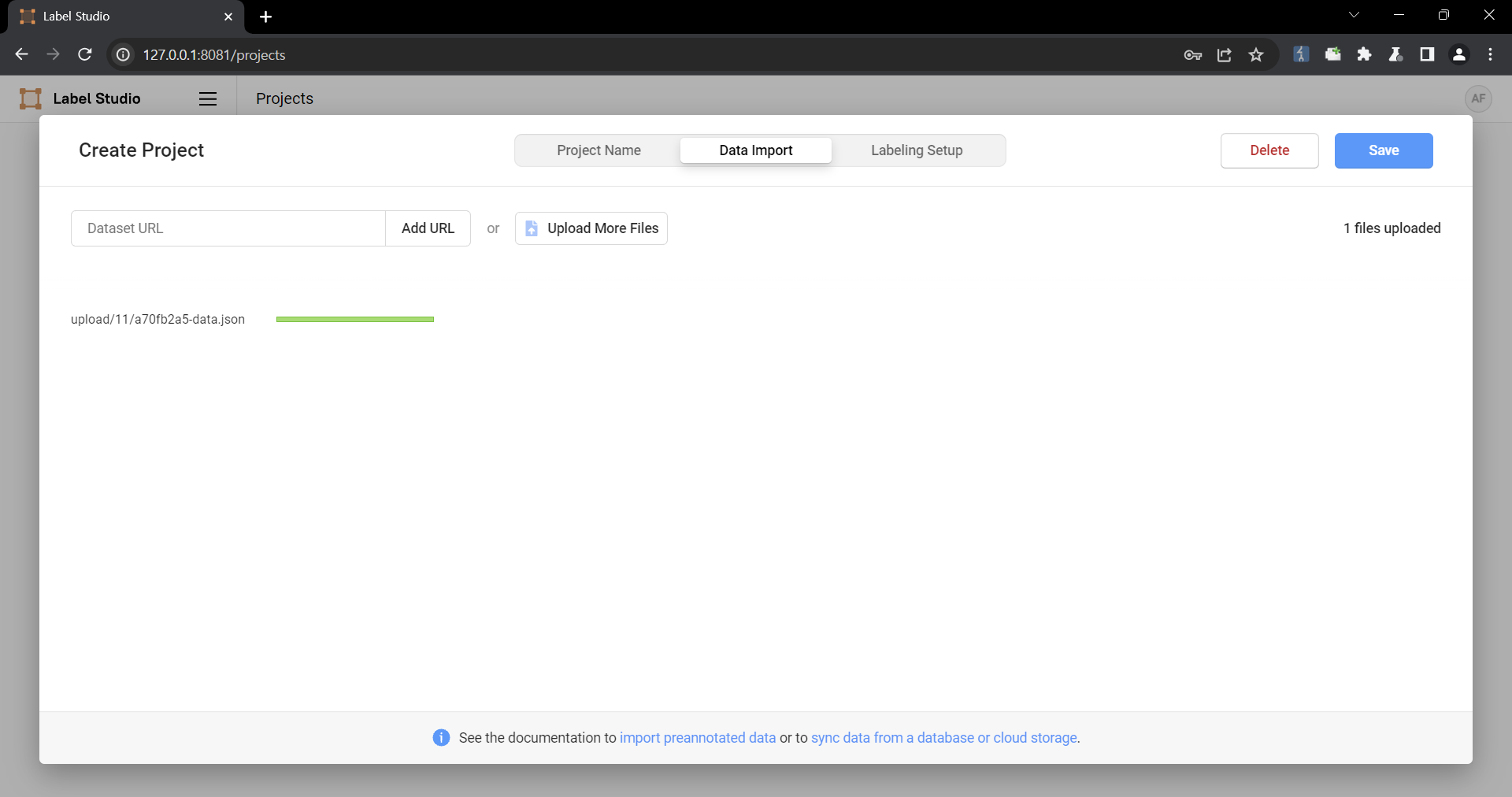 The following are the contents of the files used in the PoC ``` { "data": { "prompt": "labelstudio universe image", "images": [ { "value": "id123#0", "style": "margin: 5px", "html": "<img width='400' src='https://labelstud.io/_astro/images-tab.64279c16_ZaBSvC.avif' onload=alert(document.cookie)>" } ] } } ``` 3. Select the text-to-image generation labeling template of Ranking and scoring 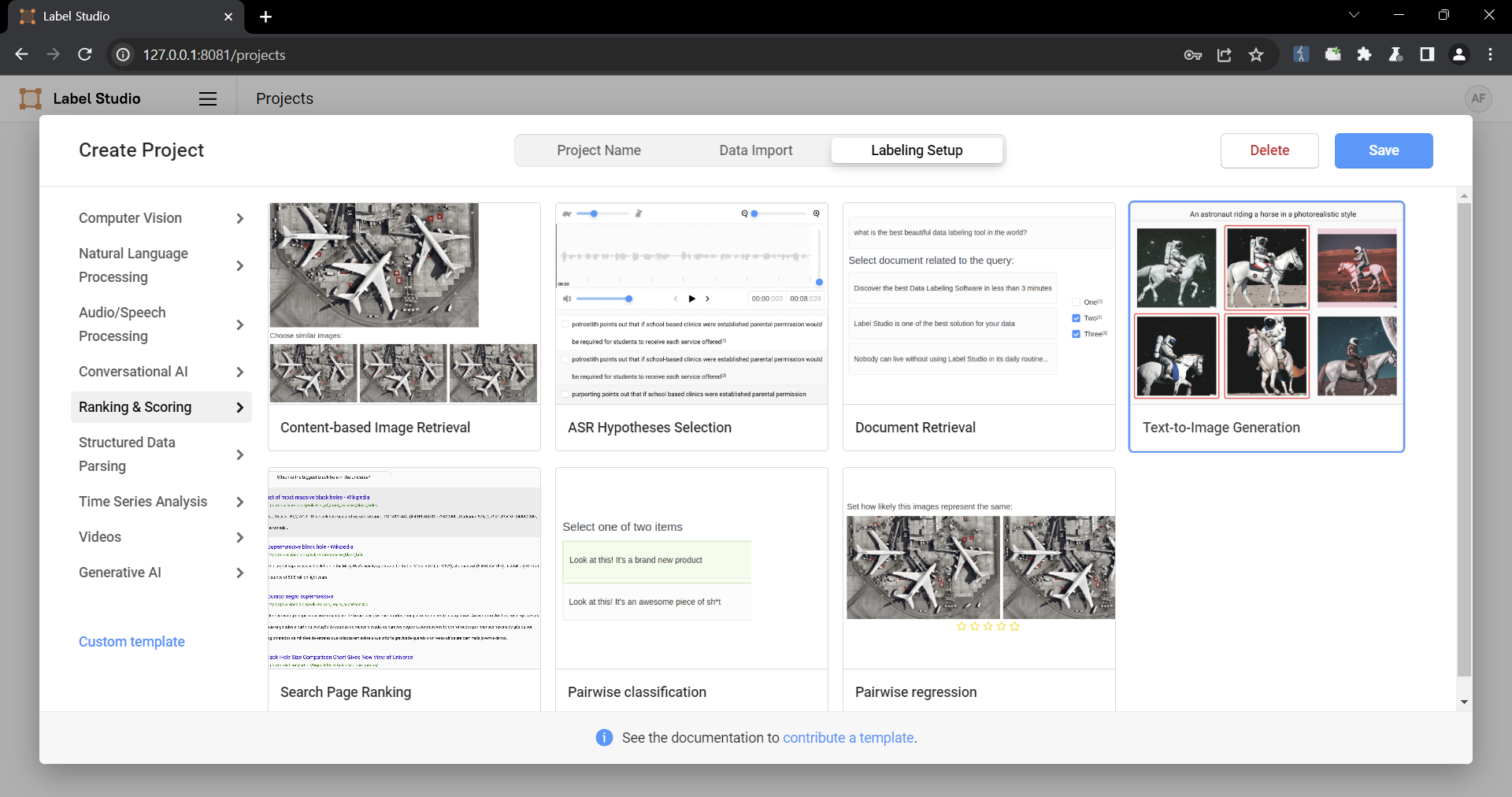  4. Select a task 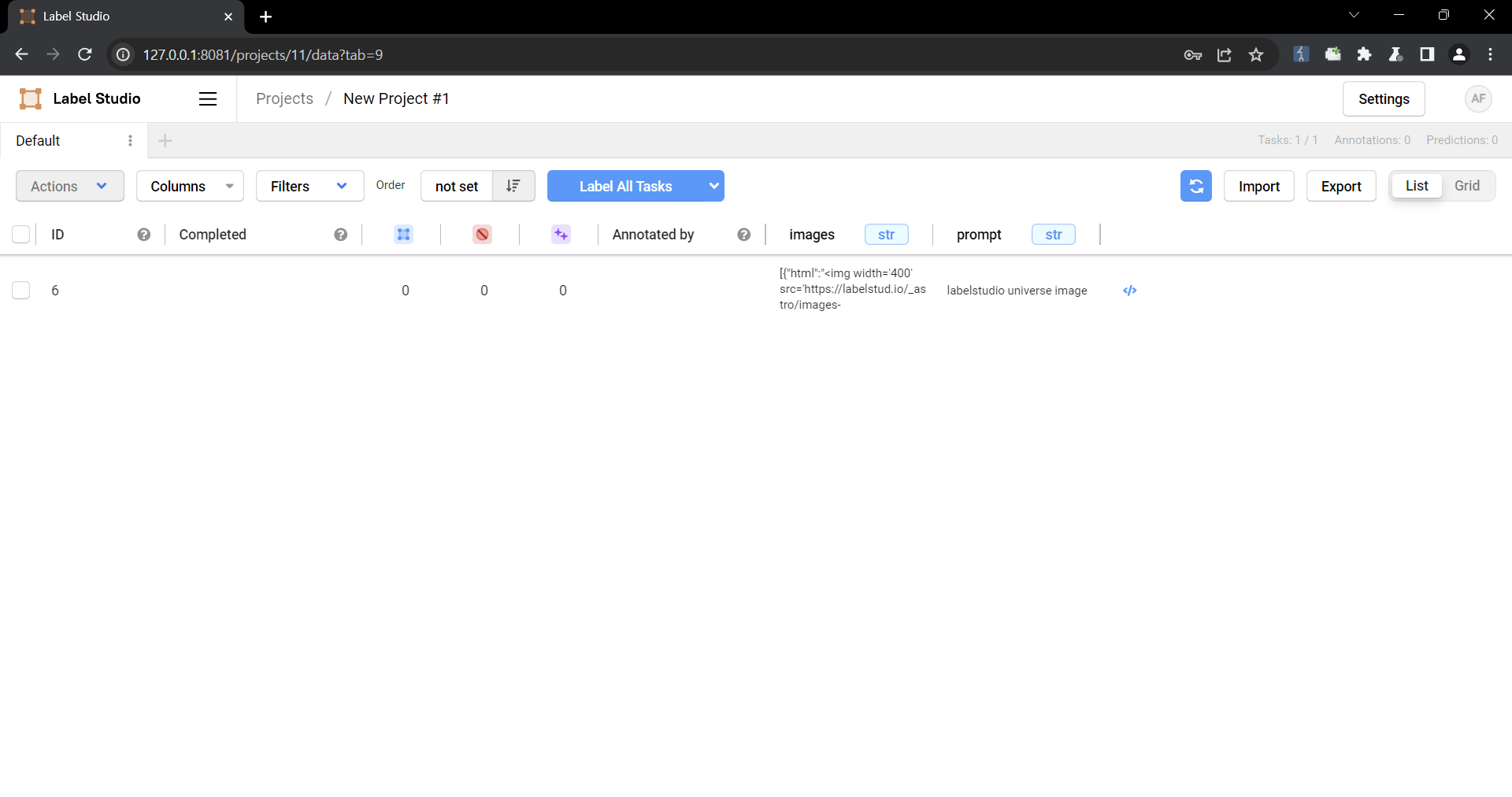 5. Check that the script is running 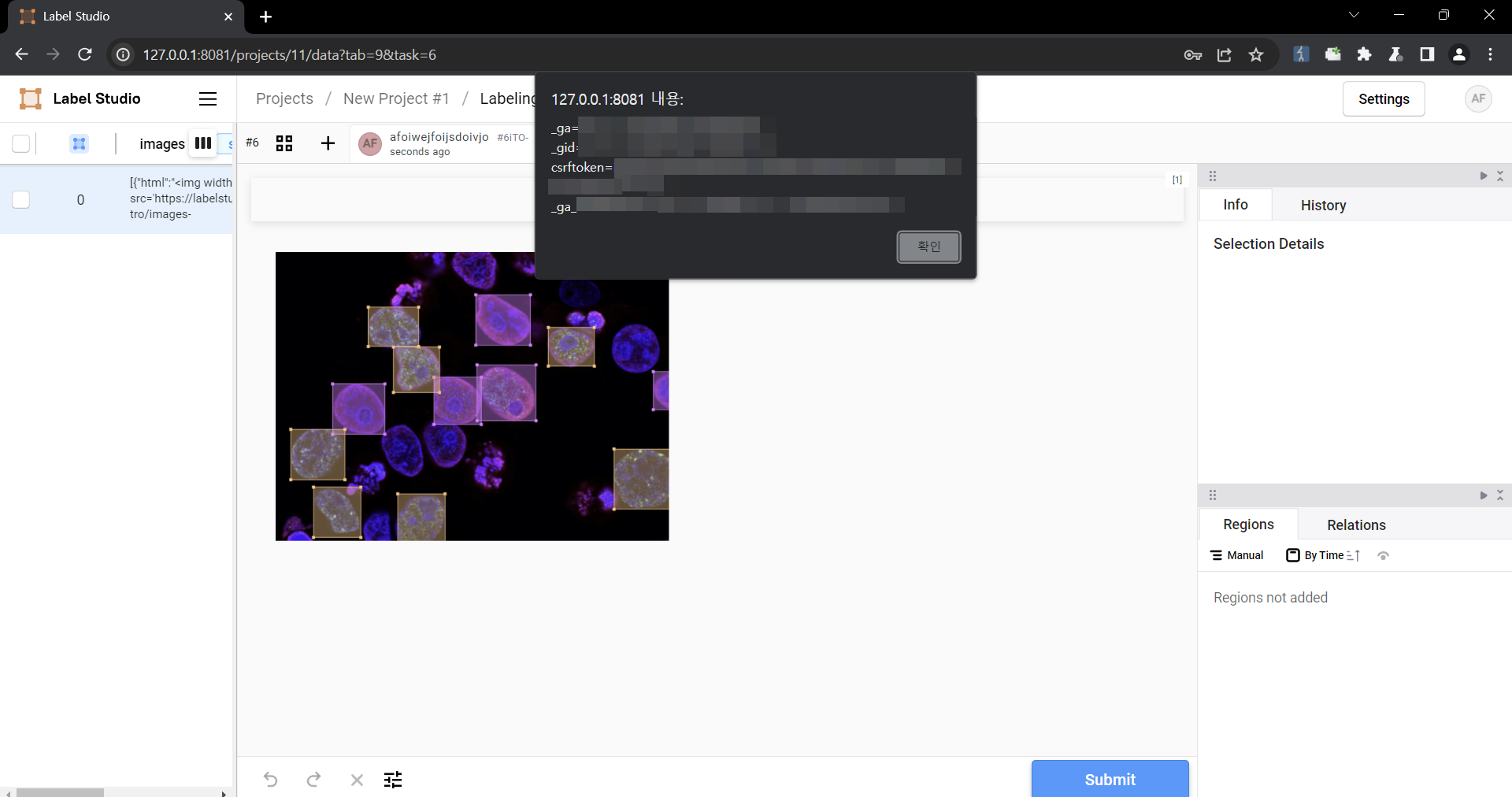 ### Impact Malicious scripts can be injected into the code, and when linked with vulnerabilities such as CSRF, it can cause even greater damage. In particular, It can become a source of further attacks, especially when linked to social engineering.
The exploitability of CVE-2024-26152 depends on two key factors: attack complexity (the level of effort required to execute an exploit) and privileges required (the access level an attacker needs).
With low attack complexity and no required privileges, CVE-2024-26152 is an easy target for cybercriminals. Organizations should prioritize immediate mitigation measures to prevent unauthorized access and data breaches.
A lower complexity and fewer privilege requirements make exploitation easier. Security teams should evaluate these aspects to determine the urgency of mitigation strategies, such as patch management and access control policies.
Attack Complexity (AC) measures the difficulty in executing an exploit. A high AC means that specific conditions must be met, making an attack more challenging, while a low AC means the vulnerability can be exploited with minimal effort.
Privileges Required (PR) determine the level of system access necessary for an attack. Vulnerabilities requiring no privileges are more accessible to attackers, whereas high privilege requirements limit exploitation to authorized users with elevated access.
Above is the CVSS Sub-score Breakdown for CVE-2024-26152, illustrating how Base, Impact, and Exploitability factors combine to form the overall severity rating. A higher sub-score typically indicates a more severe or easier-to-exploit vulnerability.
Below is the Impact Analysis for CVE-2024-26152, showing how Confidentiality, Integrity, and Availability might be affected if the vulnerability is exploited. Higher values usually signal greater potential damage.
The EPSS score estimates the probability that this vulnerability will be exploited in the near future.
EPSS Score: 0.045% (probability of exploit)
EPSS Percentile: 18.4%
(lower percentile = lower relative risk)
This vulnerability is less risky than approximately 81.6% of others.
Stay updated with real-time CVE vulnerabilities and take action to secure your systems. Enhance your cybersecurity posture with the latest threat intelligence and mitigation techniques. Develop the skills necessary to defend against CVEs and secure critical infrastructures. Join the top cybersecurity professionals safeguarding today's infrastructures.